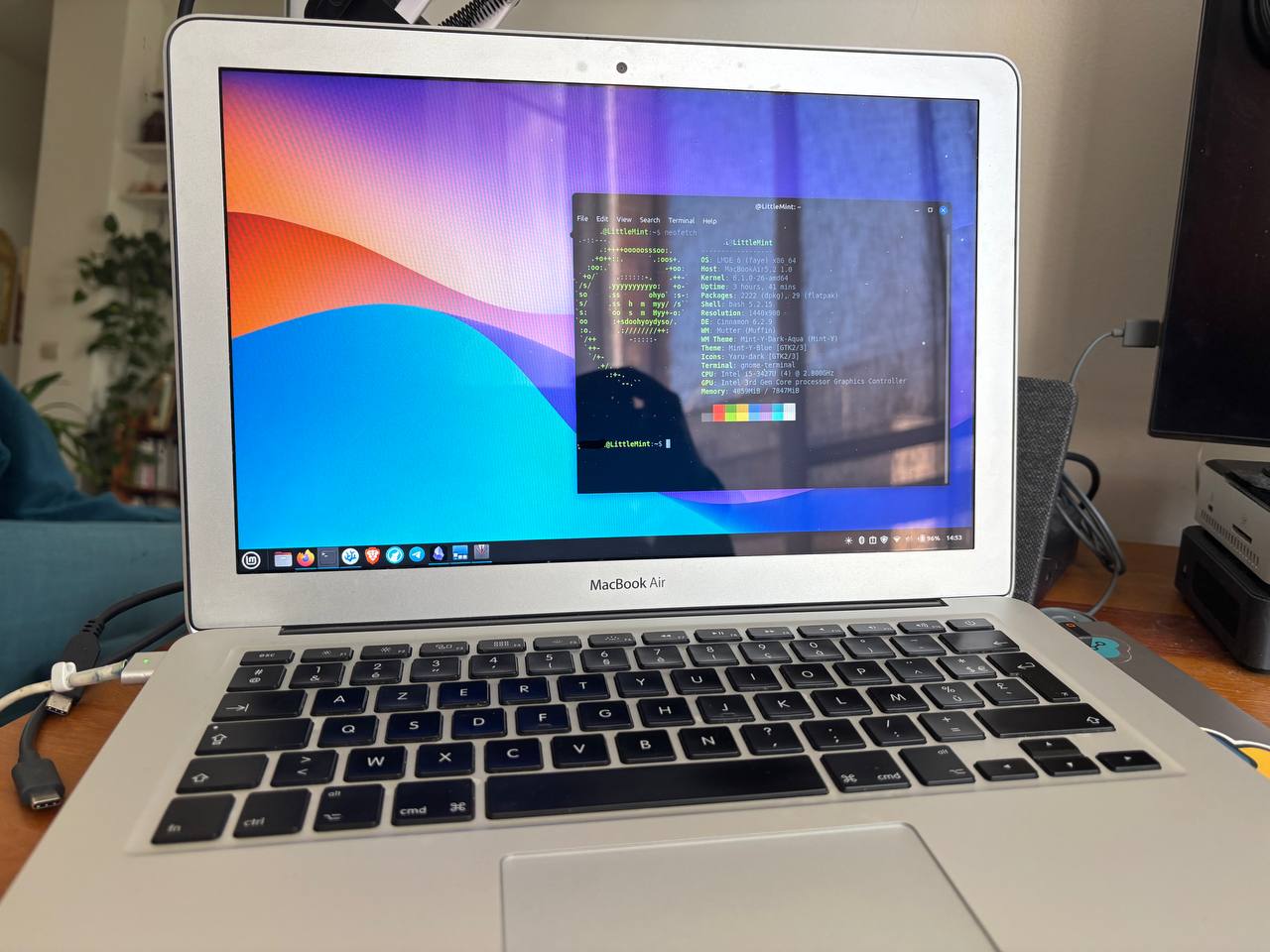this post was submitted on 01 Nov 2024
549 points (98.1% liked)
Linux
48315 readers
1006 users here now
From Wikipedia, the free encyclopedia
Linux is a family of open source Unix-like operating systems based on the Linux kernel, an operating system kernel first released on September 17, 1991 by Linus Torvalds. Linux is typically packaged in a Linux distribution (or distro for short).
Distributions include the Linux kernel and supporting system software and libraries, many of which are provided by the GNU Project. Many Linux distributions use the word "Linux" in their name, but the Free Software Foundation uses the name GNU/Linux to emphasize the importance of GNU software, causing some controversy.
Rules
- Posts must be relevant to operating systems running the Linux kernel. GNU/Linux or otherwise.
- No misinformation
- No NSFW content
- No hate speech, bigotry, etc
Related Communities
Community icon by Alpár-Etele Méder, licensed under CC BY 3.0
founded 5 years ago
MODERATORS
you are viewing a single comment's thread
view the rest of the comments
view the rest of the comments

As a FunFact(TM), you're more likely to have the SSD controller die than the flash wear out at this point.
Even really cheap SSDs will do hundreds and hundreds of TB written these days, and on a normal consumer workload we're talking years and years and years and years of expected lifespan.
Even the cheap SSDs in my home server have been fine: they're pushing 5 years on this specific build, and about 200 TBW on the drives and they're still claiming 90% life left.
At that rate, I'll be dead well before those drives fail, lol.
How can you know how much life an SSD still has? Is it a command in the terminal on Linux? Haven’t found anything in the system information.
sudo smartctl -a /dev/yourssdYou're looking for the Media_Wearout_Indicator which is a percentage starting at 100% and going to 0%, with 0% being no more spare sectors available and thus "failed". A very important note here, though, is that a 0% drive isn't going to always result in data loss.
Unless you have the shittiest SSD I've ever heard of or seen, it'll almost certainly just go read-only and all your data will be there, you just won't be able to write more data to the drive.
Also you'll probably be interested in the Total_LBAs_Written variable, which is (usually) going to be converted to gigabytes and will tell you how much data has been written to the drive.
Thanks for the info. It’s really useful 👍